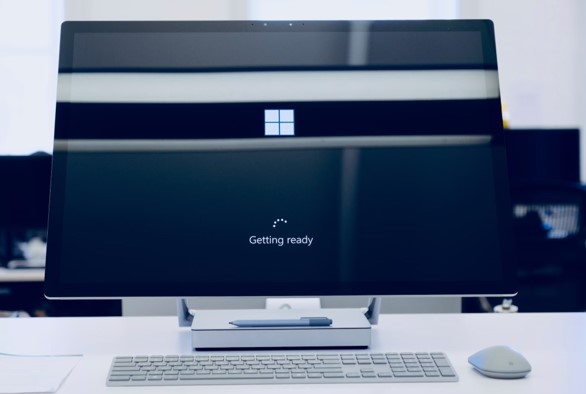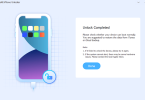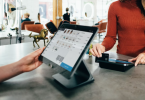In the fast-paced world of financial markets, having the right trading software can make all the difference between success and frustration. For Windows users, the choices are abundant, but making the right selection requires careful consideration.
Whether you are a seasoned trader or just starting out, this comprehensive guide aims to help you make the best choice. From technical requirements to binary trading with virtual money, let’s see what essential factors to consider when choosing trading software for Windows.
Contents
- 1 Define Your Trading Goals and Style
- 2 Assess Your Technical Requirements
- 3 Research Available Features
- 4 Evaluate Data Feeds and Market Access
- 5 Analyze Charting and Technical Analysis Tools
- 6 Review Risk Management Features
- 7 Check for Backtesting and Strategy Development Tools
- 8 Assess Mobile Trading Compatibility
- 9 Consider Costs and Fees
- 10 Seek User Reviews and Recommendations
- 11 Test with Demo Accounts
- 12 Bottom Line
Define Your Trading Goals and Style
Before diving into the sea of trading software options, it’s crucial to define your trading goals and style. Are you a day trader looking for rapid execution and real-time data, or are you a long-term investor who values fundamental analysis and portfolio management tools? Your trading goals and style will significantly determine the software that best suits your needs.
Assess Your Technical Requirements
Windows-based trading software comes in various forms, from web-based platforms to downloadable applications. Consider your technical requirements. Do you need a platform that runs locally on your PC, or are you comfortable with a web-based solution? Also, check the system requirements to ensure your computer can handle the software without any issues.

Research Available Features
Different trading software offers a range of features. Some focus on simplicity and ease of use, while others cater to advanced traders with complex charting tools and algorithms.
Make a list of the features that are essential to you, such as
- real-time data,
- customizable charts,
- technical indicators,
- risk management tools,
- order types.
Research each software’s feature set to find the one that aligns with your requirements.
More from us: The Next Big Thing: Future of Mobile Proxies and Cybersecurity
Evaluate Data Feeds and Market Access
Access to accurate and timely market data is vital for successful trading. Ensure that the trading software you choose provides access to the markets, asset classes, and exchanges you intend to trade. Check the reliability of the data feeds and the speed of order execution to avoid slippage during high volatility.
Analyze Charting and Technical Analysis Tools
Charts are the primary tools for technical analysis, so it’s essential to evaluate the charting capabilities of the trading software. Look for software that offers a wide range of technical indicators, drawing tools, and chart types. The ability to save and customize chart templates can also be beneficial for traders who use specific strategies.
Review Risk Management Features
Risk management is a critical aspect of trading. Ensure that the trading software provides features like
- stop-loss orders,
- take-profit orders,
- margin requirements.
The ability to set alerts and notifications for price movements and account activity can also help you stay on top of your trades.
Check for Backtesting and Strategy Development Tools
If you are an algorithmic or automated trader, check if the trading software offers backtesting and strategy development tools. These features allow you to test your trading strategies using historical data to assess their viability before deploying them in real markets.
Assess Mobile Trading Compatibility
In today’s connected world, many traders need the flexibility to monitor and execute trades on the go. If this is important to you, make sure the trading software offers a mobile app that is compatible with your Windows-based mobile devices. Test the mobile app’s functionality to ensure it meets your needs.
Consider Costs and Fees
Trading software often comes with associated costs and fees. These can include:
- subscription fees,
- data feed charges,
- commissions.
It’s crucial to understand the fee structure and calculate how these costs may affect your overall trading profitability. Compare the pricing of different software options to find the best value for your needs.

Seek User Reviews and Recommendations
Before making a final decision, seek out user reviews and recommendations from fellow traders. Online forums, social media groups, and trading communities are excellent resources for gathering insights into the pros and cons of specific trading software. Look at what people are saying about reliability, customer support, and overall user satisfaction.
Test with Demo Accounts
Most reputable trading software providers offer demo accounts that allow you to test their platform with virtual funds. Take advantage of these demo accounts to get hands-on experience with the software. This will help you assess its usability and functionality without risking real capital.
More from us: Evolution of Crypto Wallets from Paper to Digital Currency
Bottom Line
Choosing the right trading software for Windows is a critical step in your trading journey. By defining your goals, assessing your technical requirements, and thoroughly researching available options, you can make an informed decision that aligns with your trading style and preferences.
Remember that trading software is a tool, and the best one for you is the one that enhances your trading experience and helps you achieve your financial goals. So, take your time, and test the software before committing.






